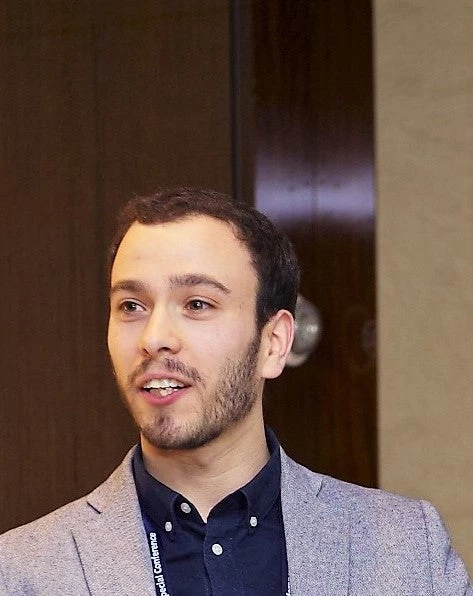The economic setbacks of the COVID-19 pandemic resulted in the largest increase in global extreme poverty in decades. Global poverty has now receded to levels closer to those prior to the pandemic, but this means that we have lost three years in the fight against poverty. The recovery is also uneven: while extreme poverty in middle-income countries has decreased, poverty in the poorest countries and countries affected by fragility, conflict or violence is still worse than before the pandemic.
To explore this, we use the latest data available in the Poverty and Inequality Platform, which contains poverty estimates from more than 2,200 household surveys covering over 97% of the global population. Many countries were unable to collect household surveys during the pandemic, so to generate estimates for 2020 we triangulate various sources as outlined in Mahler ⓡ al (2022). When survey data is lacking beyond 2020, we extrapolate the latest consumption or income vector for each country by assuming that these welfare measures from household surveys grow in parallel with GDP per capita.
Using this approach, we find that in 2023, 691 million people (or 8.6% of the global population) are projected to live in extreme poverty (i.e., those living below $2.15/day), which is just below the level prior to the start of the pandemic. Put differently, we have made almost no progress in the fight against poverty since 2019. In a world without the pandemic, poverty today would probably be significantly lower.
A similar picture emerges at the $3.65/day line, where the poverty rate and the number of poor are both lower than in 2019. A smaller share of the global population also now lives on less than $6.85/day, but due to population growth, the total number of poor living below this line is still higher than before the pandemic.
Breaking down these patterns by country groups reveals that not everyone has been part of this economic rebound. Upper-middle-income and high-income countries experienced declines in poverty in 2020, in large part thanks to the adoption of quick, widespread, and generous social assistance programs. Lower-middle-income countries experienced the largest initial setback but went back to pre-COVID poverty rates by 2022. Low-income countries, by contrast, are still above pre-COVID poverty rates, and are not closing the gap, as they saw poverty increase modestly between 2022 and 2023.
These results are driven by countries in the Middle East & North Africa as well as countries in fragility, conflict, and violence (FCV), whose extreme poverty rates are no better in 2023 than in 2019 (though at higher poverty lines, the picture is more encouraging in Middle East & North Africa). These are also the regions where data collection has been the most challenging, making any projections highly uncertain. The situation is marginally better in South Asia and Sub-Saharan Africa, where extrapolations suggest that poverty in these regions are now below pre-pandemic levels.
In Latin America and East Asia, where a poverty line of $6.85/day is often more relevant, very different patterns are evident: While the increase in 2020 was small, poverty in Latin America increased strongly in 2021 and has declined now to slightly below pre-pandemic levels. Whereas East Asia at this line is much better off than before COVID-19, Latin America has hardly made any gains over the past four years.
The COVID-19 pandemic was the largest setback to the reduction in global poverty in at least the past three decades. It has taken us three years to get back to a similar level of poverty to before the pandemic. In other words, the world has lost three years in the fight against poverty. Extreme poverty continues to be persistently high and even increasing in lower-income countries and countries affected by fragility, violence, and conflict. Eradicating extreme poverty globally by 2030 remains unlikely without additional focus on these countries.
The authors gratefully acknowledge financial support from the UK Government through the Data and Evidence for Tackling Extreme Poverty (DEEP) Research Program.




Join the Conversation